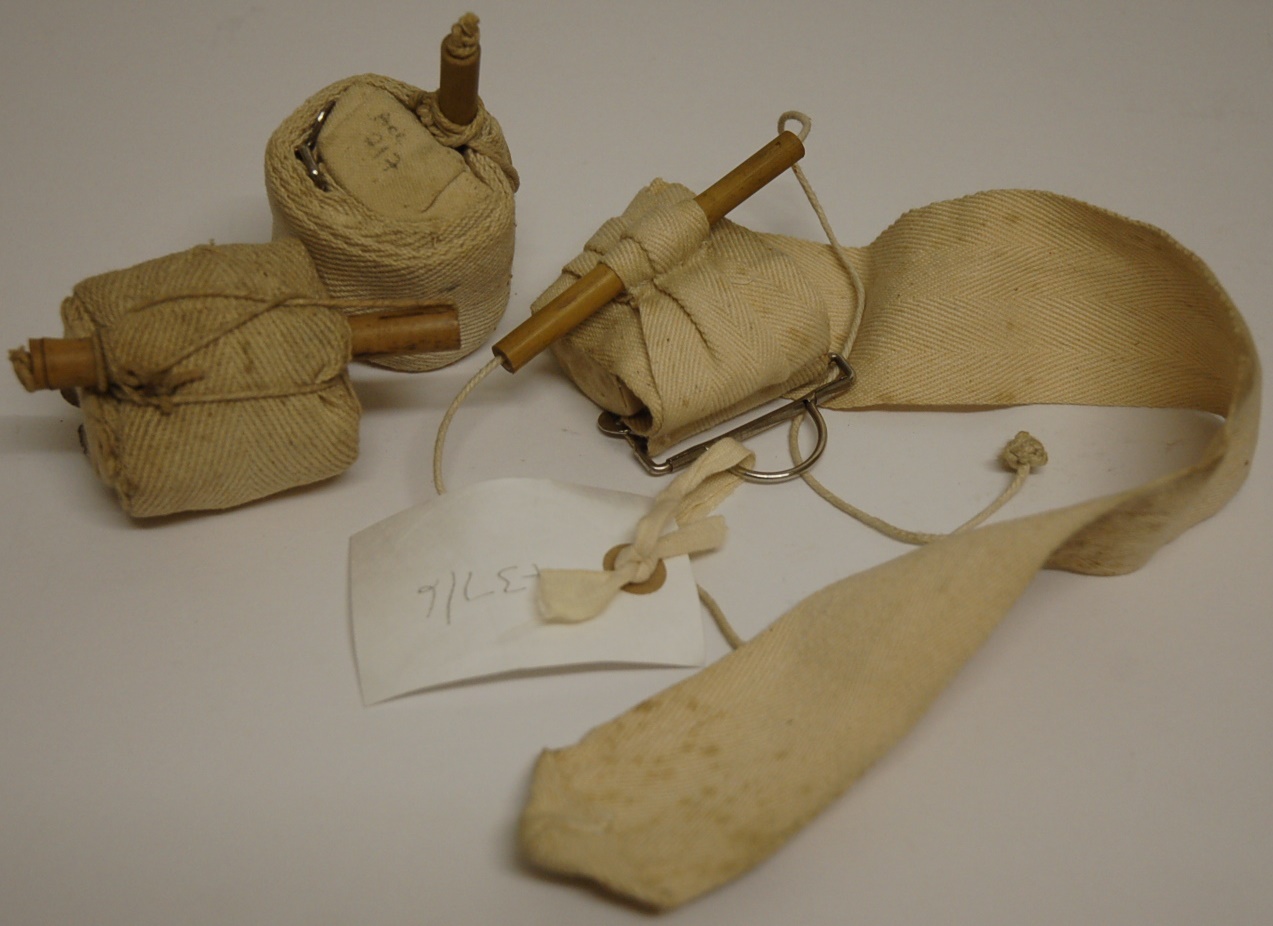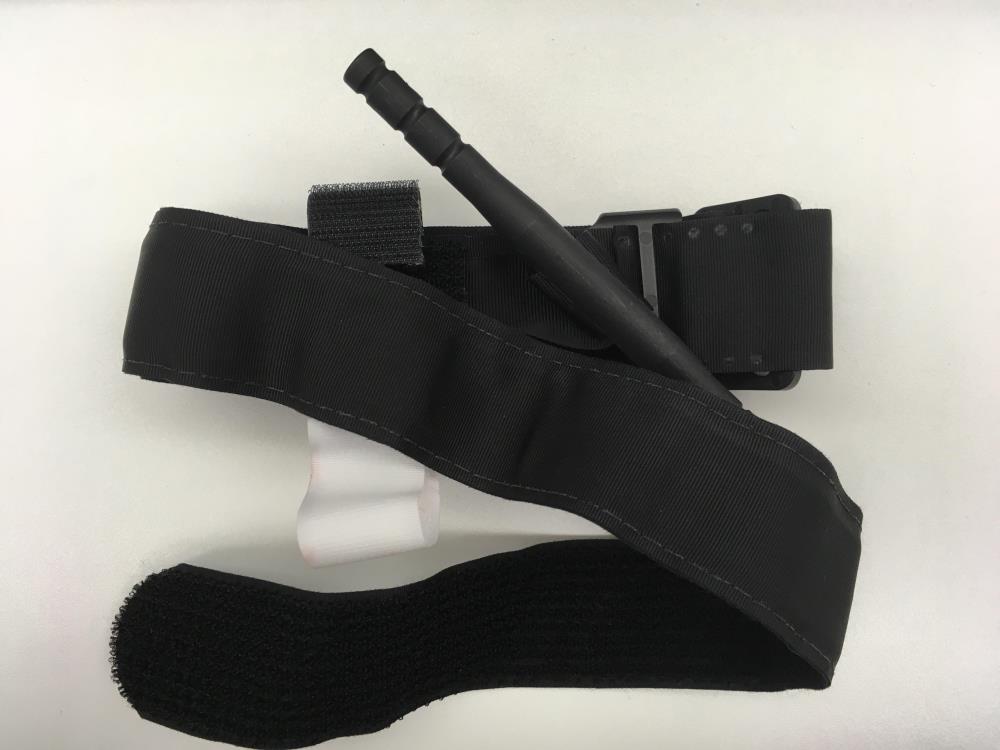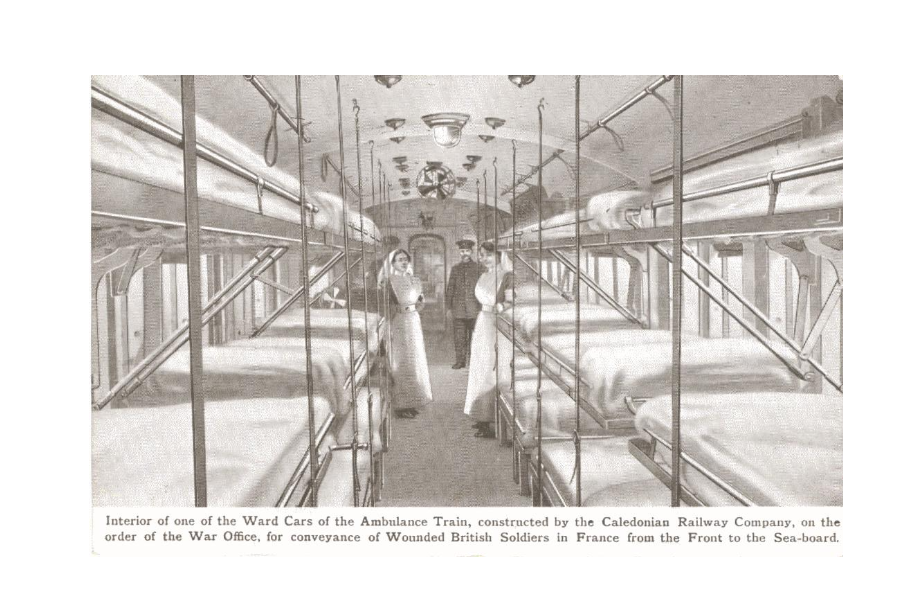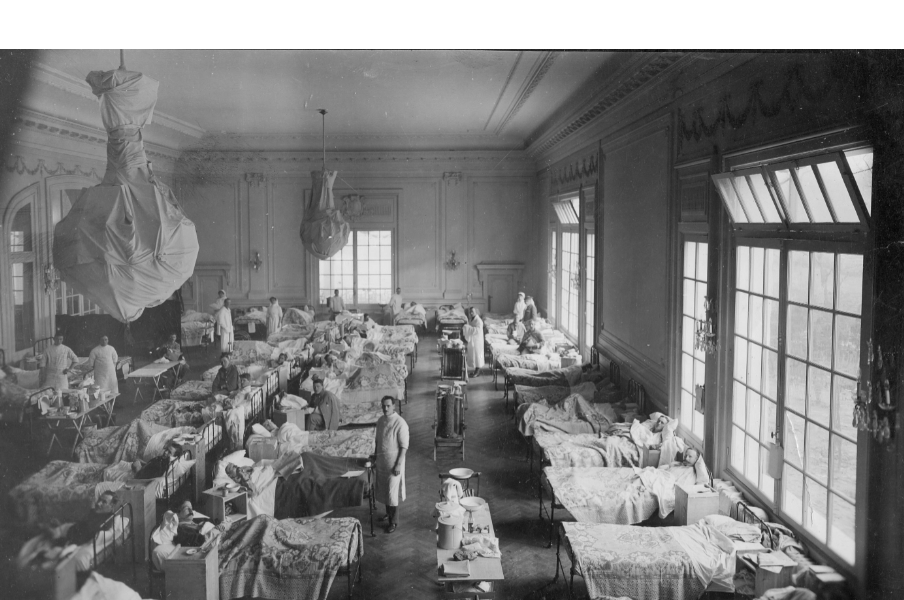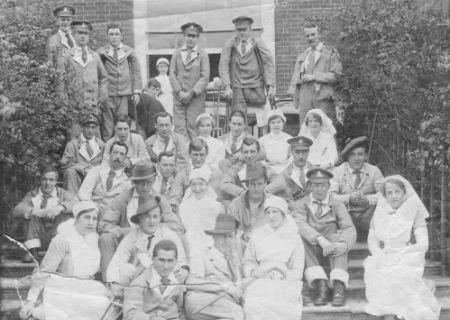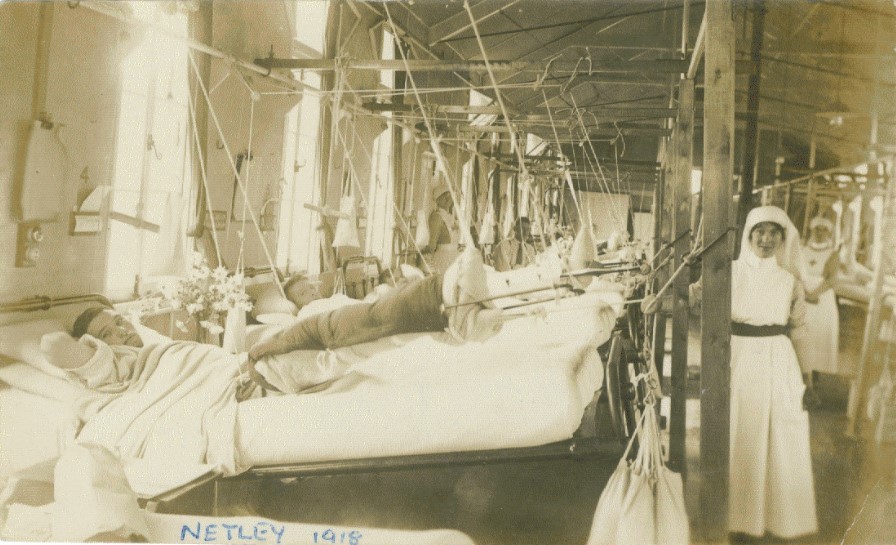Traumatic injuries and disease are an inevitable threat in war. Even the armies of antiquity understood the value of diet, exercise and the need for a medical service to support them in battle.
Over the centuries each conflict has provided a unique injury pattern and new medical challenges. In 216 BC at Cannae, 50,000 Roman soldiers died from sword, spear or arrow wounds within 1000 yards of battle. Gunpowder discovery in the 14th century and the invention of firearms in the 15th century caused ballistic and blast injuries. Improvised explosive devices (IEDs) used in Iraq and Afghanistan caused extensive blast injuries to lower limbs. Nursing the wounded has been shaped by this evolution of weaponry.
Yet throughout history more military personnel have been admitted to hospital due to disease than trauma. In the Second World War, malaria and venereal diseases showed that environmental threats can debilitate armies as easily as the battlefield.
Defence nurses doing their duty for ‘Queen and Country’ have provided skilled, compassionate care to anyone in need during war and conflict. This is their story.
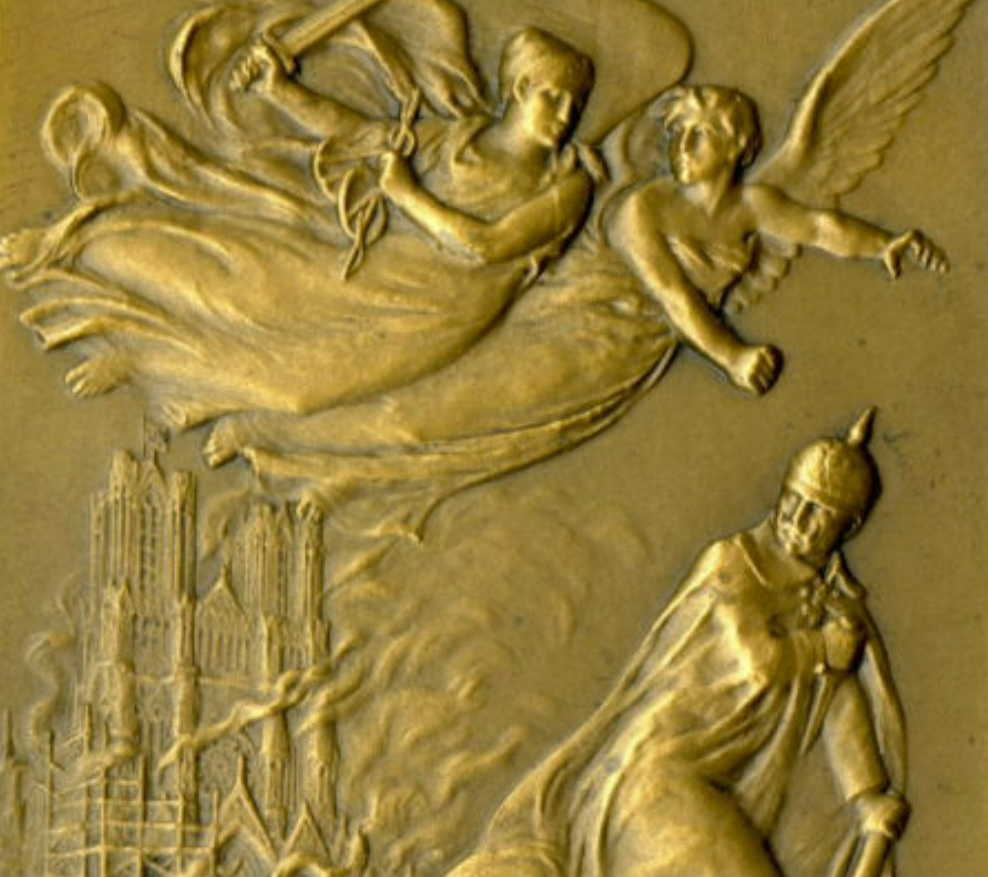
From gunpowder to the Improvised Explosive Device
The first stage of nursing care is prevention of injury and illness. From the ‘Brodie Helmet’ for British Troops in WW1 to pelvic protection in Afghanistan, body armour has been designed to prevent life threatening injuries. When prevention measures fail, the nursing service is key in saving lives and restoring health and fitness.
First World War care on the battlefield was often provided by medical officers and orderlies with varying degrees of training. Nursing care began at casualty clearing stations before the wounded were sent through a lengthy evacuation chain. The journey from the battlefield to base hospitals and back to Britain resulted in large numbers of avoidable deaths and injuries. It was soon learned that early intervention could save lives. New treatments performed by nurses such as the tetanus vaccine and wound irrigation techniques saved even more.
By the Second World War increasing numbers of orderlies were trained and posted to advanced first aid units. For the first time, female nurses of the British Armed Forces were sent into battle zones to provide expert care for troops. The discovery of penicillin and improvements in pre-hospital blood transfusions vastly increased survival and rehabilitation rates.
By the time of the Iraq and Afghanistan conflicts, all UK soldiers were trained in battlefield first aid. Nurses, medics and advanced surgical teams with specialist skills were posted close to areas of operation. Rapid aeromedical evacuation, including return to the UK has sped up the nursing care for reconstructive surgical procedures, prosthesis and rehabilitation. The development of flight nursing in the Second World War was critical to this success.
Homeward bound
Defence personnel are deployed across the globe. Whilst immediate care can be provided in field hospitals on land or sea, the ongoing complex care and rehabilitation for British personnel can only be provided in the UK.
Previously medical evacuation was long and involved travel by trains, ships and ambulances before finally arriving at a military hospital. First World War nursing care began at casualty clearing stations, before the wounded were sent through a lengthy evacuation chain. The journey from the battlefield to base hospitals and back to Britain resulted in large numbers of avoidable deaths and injuries, and it was soon learned that early intervention could save lives.
Aeromedical transfer was first introduced in 1915 and significantly reduced this journey. By the Second World War, nurses of the British Armed Forces were sent into battle zones to provide expert care for troops.
Today, Royal Air Force nurses in the Aeromedical and Critical Care Air Support Team (CCAST) continue to transfer patients from deployed areas direct to the UK. By the time of the Iraq and Afghanistan conflicts, nurses, medics and advanced surgical teams were posted close to areas of operation. Rapid aeromedical evacuation has sped up the nursing care for reconstructive surgical procedures, prosthesis and rehabilitation.
Military hospitals have since been abolished. Acute care is provided within dedicated military units attached to National Health Service hospitals.
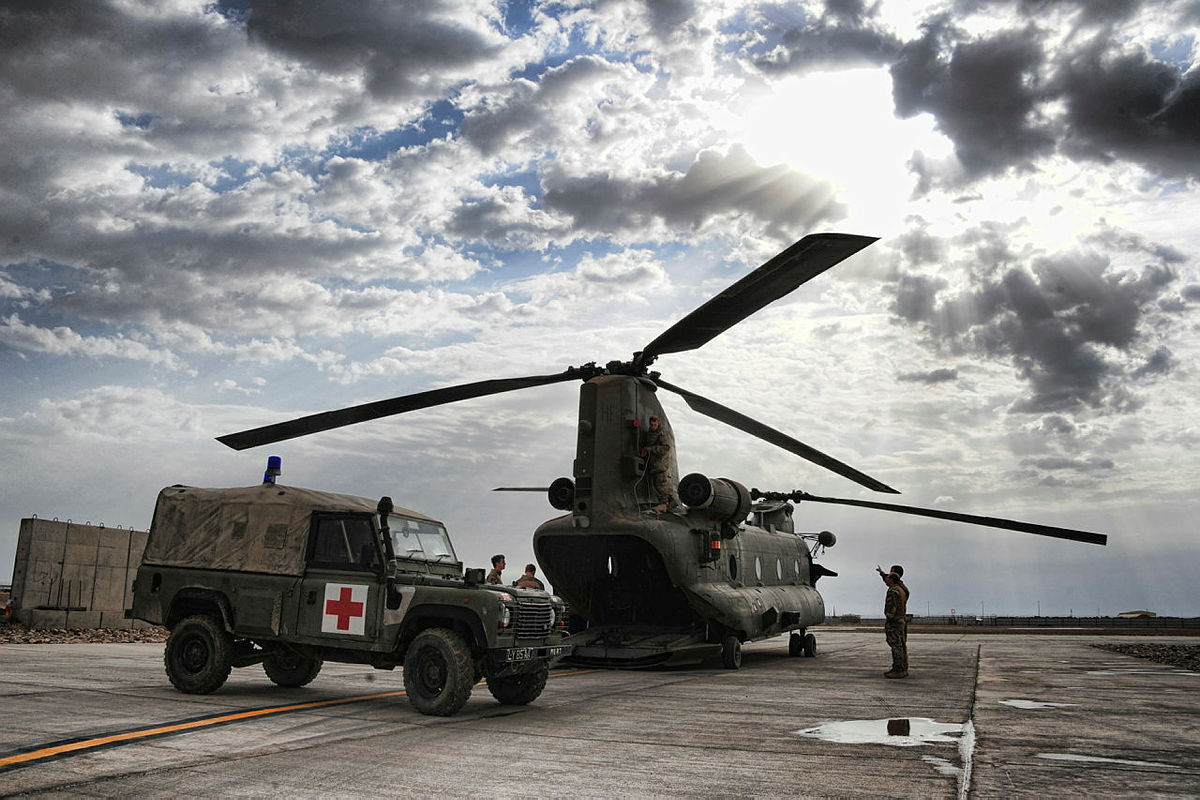
Life on Ops
Living and working on operational duty is unique. During operations nurses have limited contact with the outside world, including families and friends. Living under strict security measures means limited access to newspapers, telephones, internet and emails. Even the British forces postal service can be variable. This can lead to a disconnected existence. Receiving a letter or parcel, or communicating back home is a precious contact with the outside world.
Families and friends of serving personnel have contacted their loved ones via ‘air letters’, later known as ‘Blueys’, since the Second World War. Now, with the advent of email, letter writing is a dying art. Yet during conflict the importance and sentiment of written correspondence is timeless.
Laughter and comradery is an important way to relieve the realities of war. Healthcare professionals are often said to have a ‘black humour’ used to relieve stress and raise spirits. Maintaining cheerfulness in the face of war has long been an important part of care during conflict.
Through the first and second world wars, nurses were in a unique position to be able to boost patient morale, by reading letters to them and helping them write to their loved ones.
Life after war
Rehabilitation is a vital component of the patient journey. Many conflict injuries are rarely seen in civilian practice and provide a challenge for nurses and medical teams to innovate novel medical interventions, particularly within the field of rehabilitation.
In reconstructive surgery, we have seen innovative surgeons such as Harold Gillies in WWI, a pioneer in plastic surgery of the face, and Archibald McIndoe in WWII, whose work led to greatly improved survival rates for victims with extensive burns. Both worked with teams of nurses who were pioneering nursing care in this speciality. Now, modern facilities such as the Royal Centre for Defence Medicine and Queen Elizabeth Hospital Birmingham continue to innovate. Advancements in prosthetics have also given service personnel new chances in life. Since WWII, the Defence Medical Rehabilitation Centre at Headley Court has been at the forefront of specialist rehabilitative services.
By providing information, guidance and support in self-care, pain and wound management, nursing staff help injured troops achieve maximum independence. Although life changes dramatically for many wounded service personnel, their military ethos remains. Prince Harry’s expedition ‘Walking with the Wounded’ to Antarctica in 2015 and the inaugural Invictus Games in London in 2014, are examples of how injured troops have returned home and continued to achieve great things.
Physical and mental health injuries caused during conflict can have lasting impacts that endure for many years. As the evolution of warfare presents new health challenges, nursing teams have advanced to deliver specialised and innovative care for troops.
For many, past conflicts become a thing of history. For those who served, the recovery journey is long. Nurses working in the military, NHS and charities continue to provide care long after the operation is over.
This exhibition was on display at the RCN Library and Heritage Centre in 2017.
It was curated by members of the RCN Defence Nursing Forum, RCN History of Nursing Forum and the RCN Library and Archive Service.
